25 Best Foods for Long Term Storage for an Emergency
When considering the best foods for long term storage, it’s essential to prioritize items that retain their nutritional value over time and are suitable for various dietary needs, such as a low-carb diet or a focus on heart disease prevention.
Foods like dry beans and white rice are excellent choices for survival, as they have a long shelf life and are excellent sources of protein and other nutrients. Storing these in airtight containers in a cool, dark place can significantly extend their usability.
Whole grains, including whole wheat flour, are another great option. They offer health benefits like weight loss support and can be vital to emergency supplies. Brown rice is nutritious because it contains Vitamin C despite having a shorter shelf life than white rice.
For those looking for a good source of protein and other nutrients, freeze-dried meats and beef jerky are superb options. They have a long shelf life when stored correctly in sealed containers.
Similarly, freeze-dried and dehydrated fruits are excellent choices, offering a variety of nutritional needs and adding diversity to your food storage.
Peanut butter, olive, and coconut oil are also excellent for long-term storage. They provide essential fats and can add flavor to otherwise bland foods. Similarly, nuts and seeds are a great way to add protein and essential nutrients to your diet. They should be stored in airtight containers to maintain their freshness.
For those needing quick and convenient options, instant coffee, protein bars, and canned goods like tomato sauce can be lifesavers in emergencies. They are easy to store and can be a great way to maintain energy and nutrition when fresh food is unavailable.
In addition to these specific foods, it’s a good idea to consider general storage tips. Keeping foods in a dry area away from direct sunlight helps preserve their shelf life. Plastic bags, glass jars, and other food storage containers can protect against moisture content and bacterial growth.
It’s also a good practice to rotate your stock, using the oldest products first to ensure food quality.
Finally, it’s essential to consider your dietary preferences and nutritional needs when selecting foods for long-term storage. It’s important to customize your food storage to fit your individual needs because what works for one person may not work for another.
What Should Your Emergency Pantry Look Like?
25 Best Foods for Long Term Storage for an Emergency
- White Rice: A staple food with a shelf life of up to 30 years when stored in airtight, excellent conditions. It’s versatile, easy to cook, and a good energy source.

2. Dry Beans: These protein-rich legumes can last up to 30 years. They’re nutritious, providing essential amino acids and fiber, and can be used in various dishes.

3. Whole Wheat Grains: Can be stored for more than a decade, offering a rich source of fiber and nutrients. It is ideal for grinding into flour or cooking as a side dish.
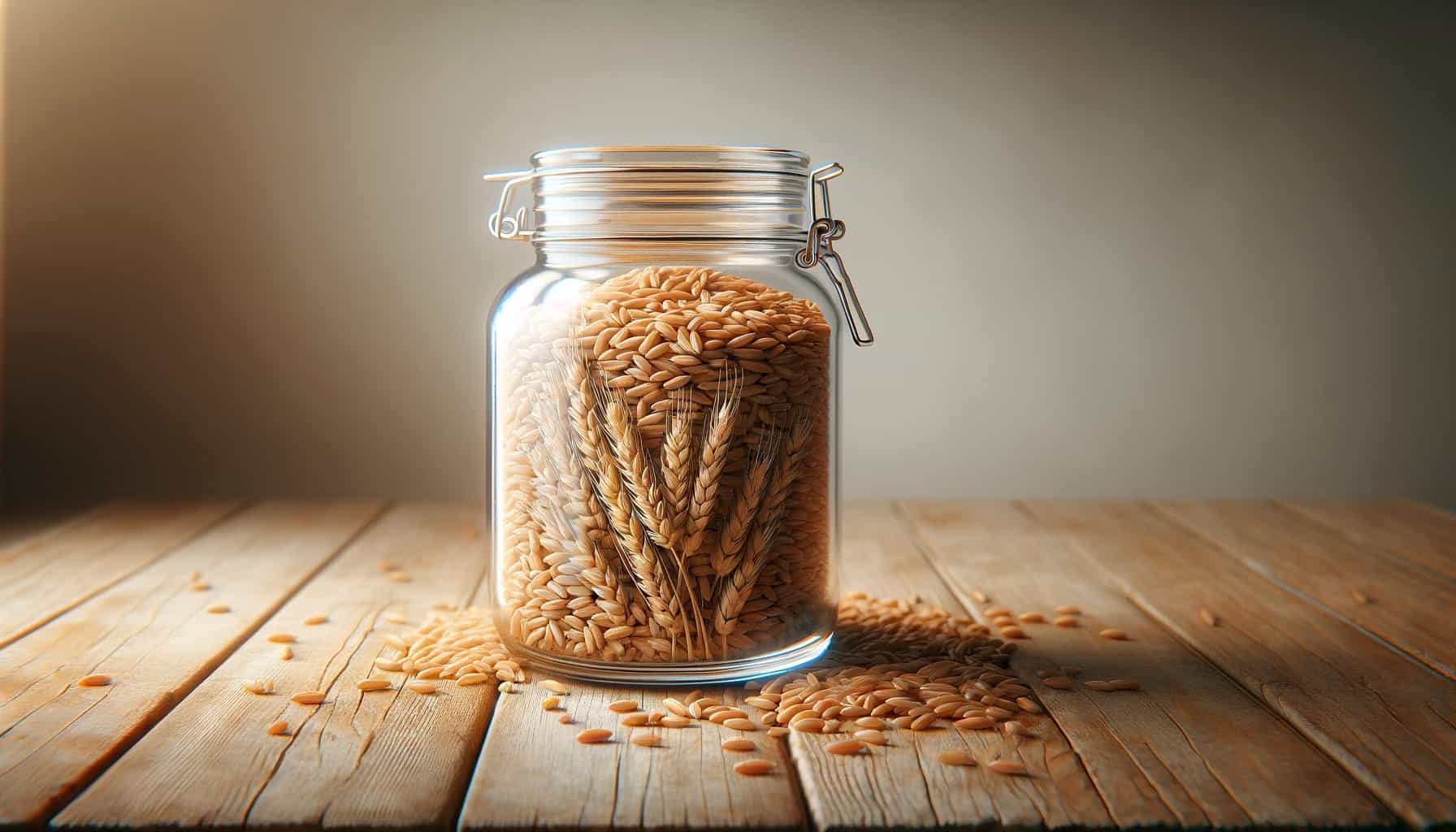
4. Dried Pasta: Long-lasting with a shelf life of several years, dried pasta is a convenient and versatile carbohydrate source that pairs well with various sauces and ingredients.
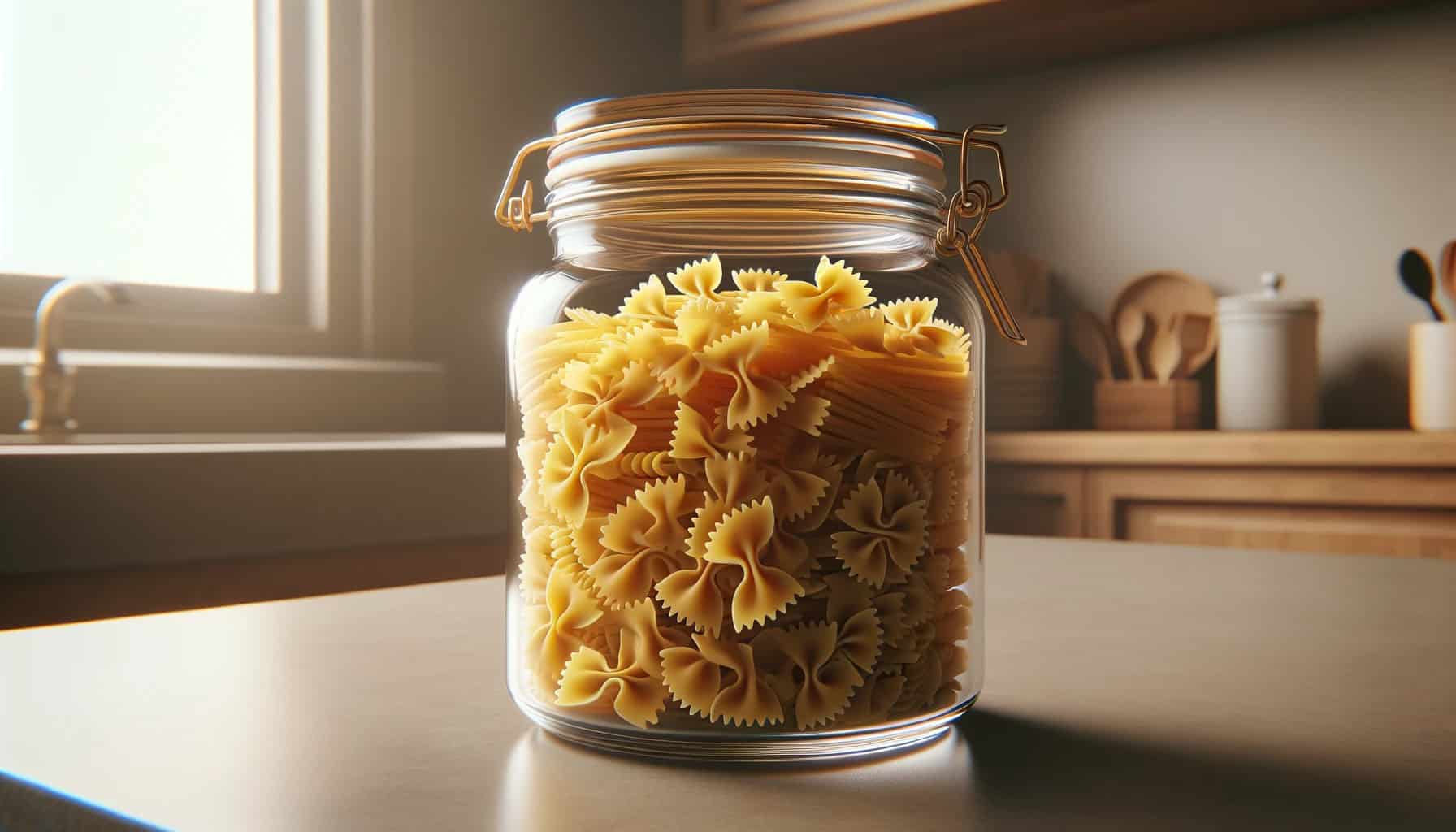
5. Powdered Milk: A tremendous long-term storage option for calcium and protein, lasting several years. It is ideal for cooking, baking, or reconstituting into liquid milk.
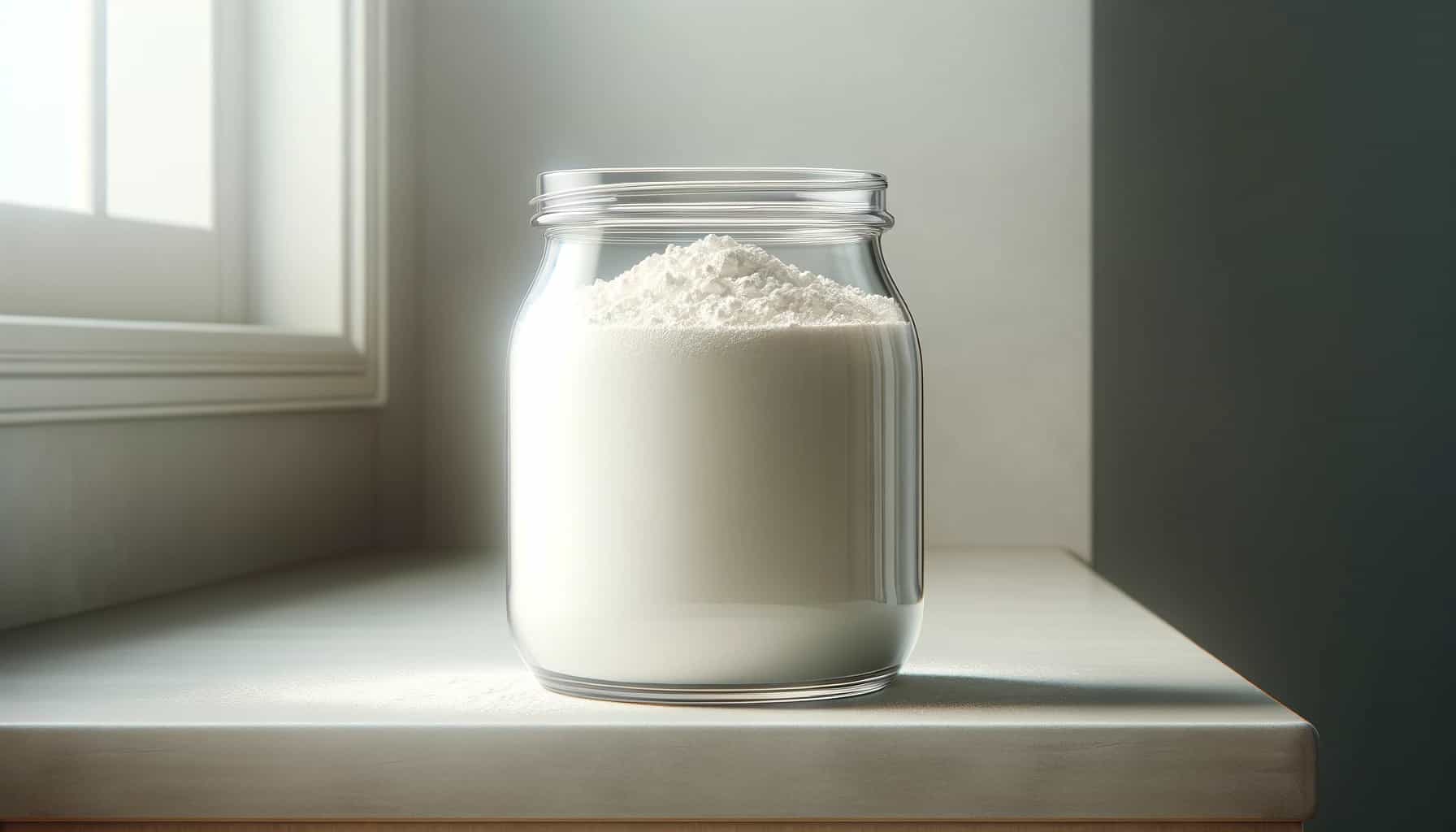
6. Lentils: With a shelf life of several years, lentils are an excellent source of protein, fiber, and essential nutrients. They cook faster than most legumes and are incredibly versatile.
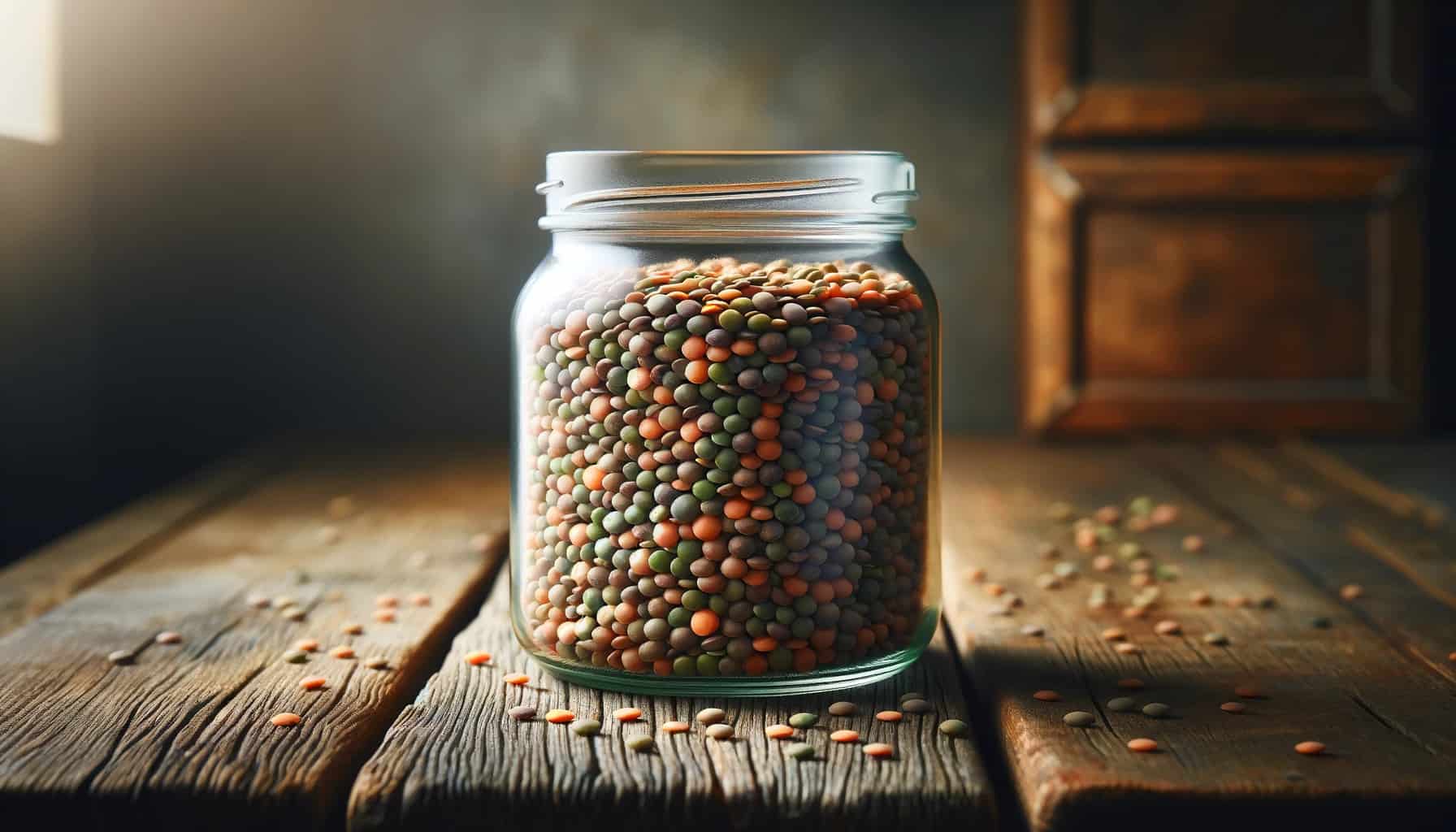
7. Dried Corn: This can be stored for long periods and is helpful in various recipes. It’s a good source of carbohydrates and can be ground into cornmeal.

8. Canned Meats: These include chicken, tuna, and salmon, which have shelf lives of several years. These provide a ready-to-eat source of protein and essential nutrients.

9. Freeze-dried Meats and Fruits: Extremely long shelf life and retain most of their original taste and nutritional value. Lightweight and easy to rehydrate.
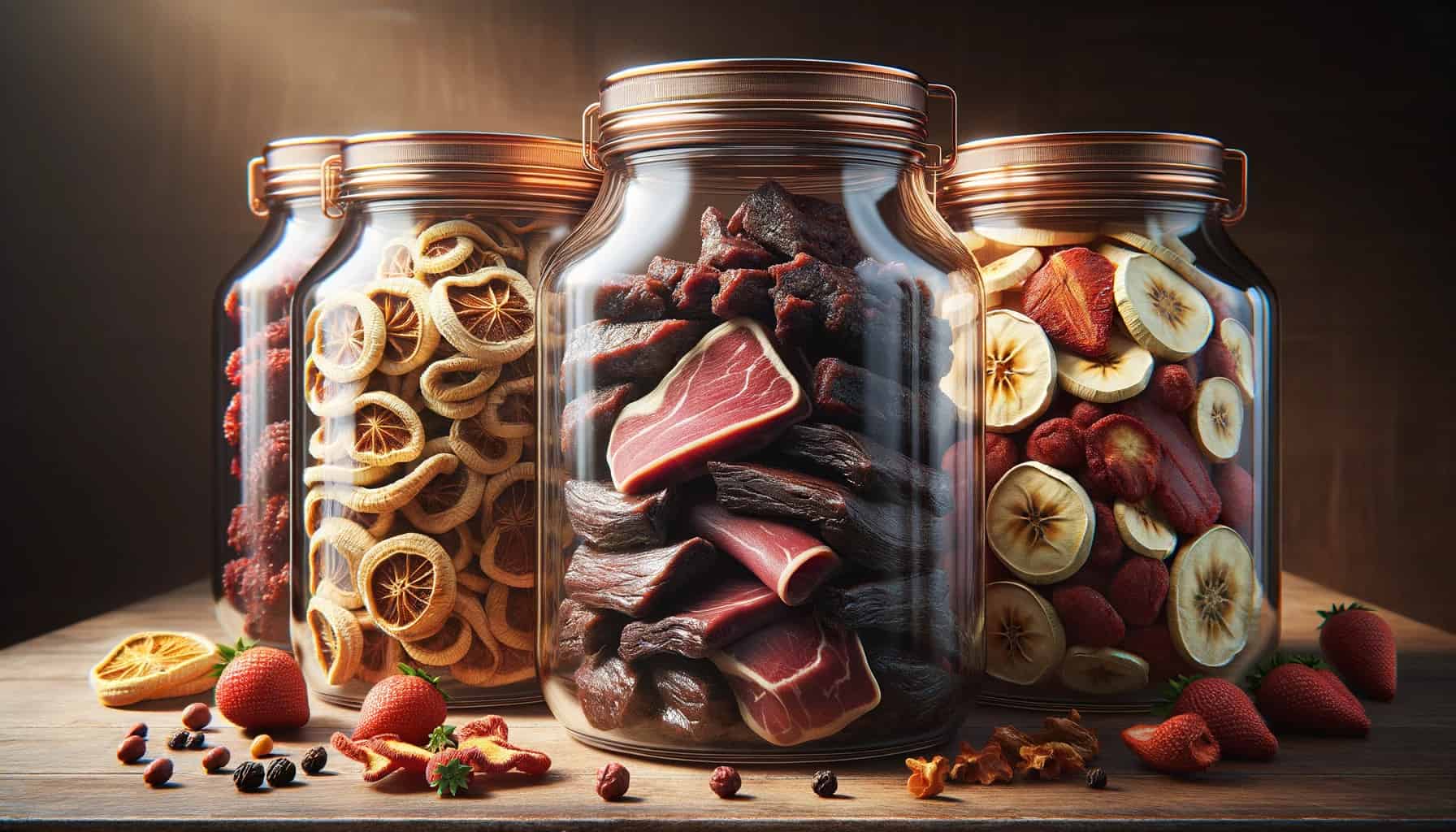
10. Honey: Known for its indefinite shelf life, honey is a natural sweetener, rich in antioxidants, and has various health benefits.

11. Oats: A nutritious and long-lasting food that can be stored for years. Oats are versatile for breakfast foods, baking, or as a grain in savory dishes.
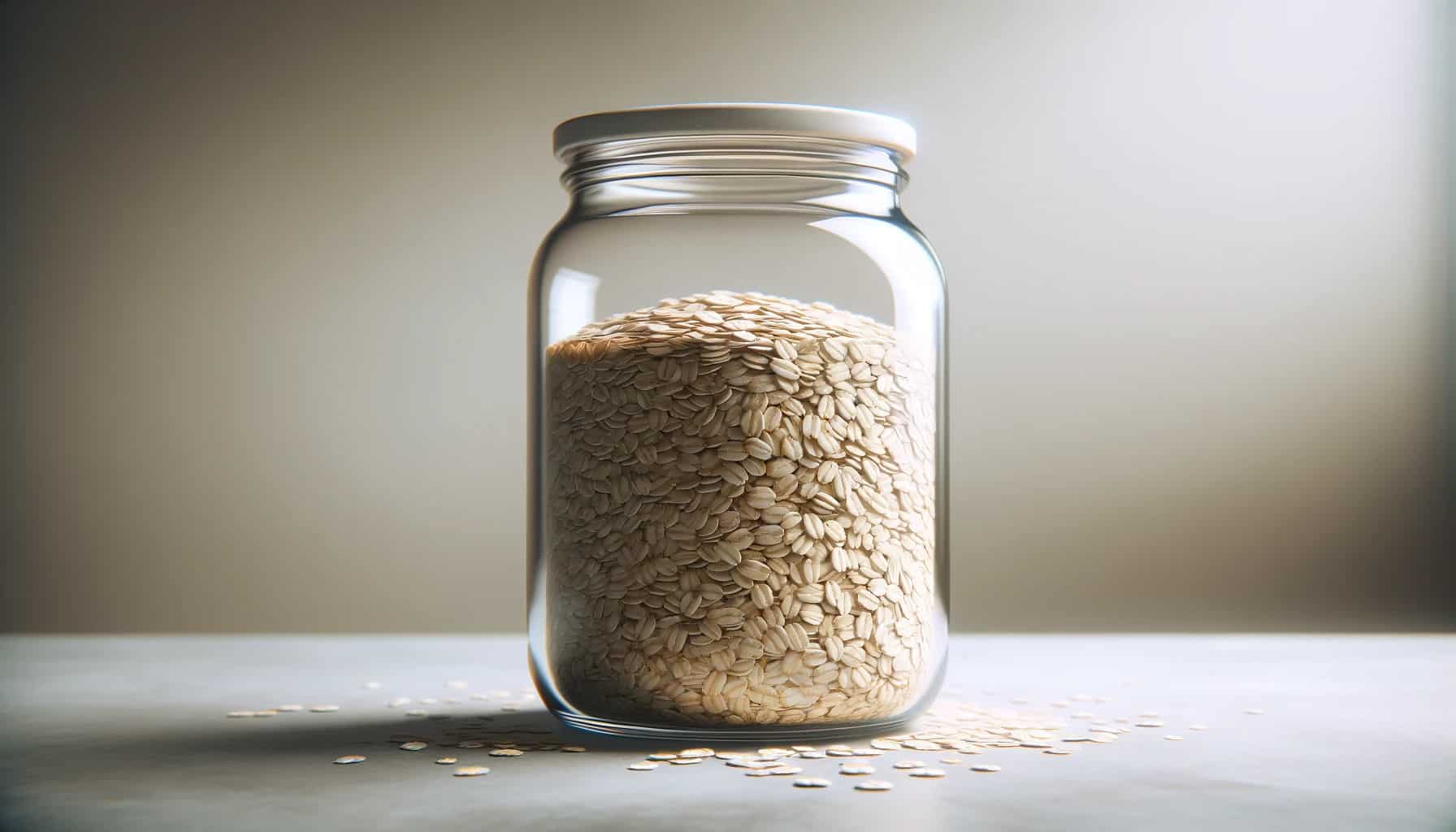
12. Sugar and Salt: Both essential kitchen staples with indefinite shelf lives. They are crucial for flavoring food and preserving other foods like salt.
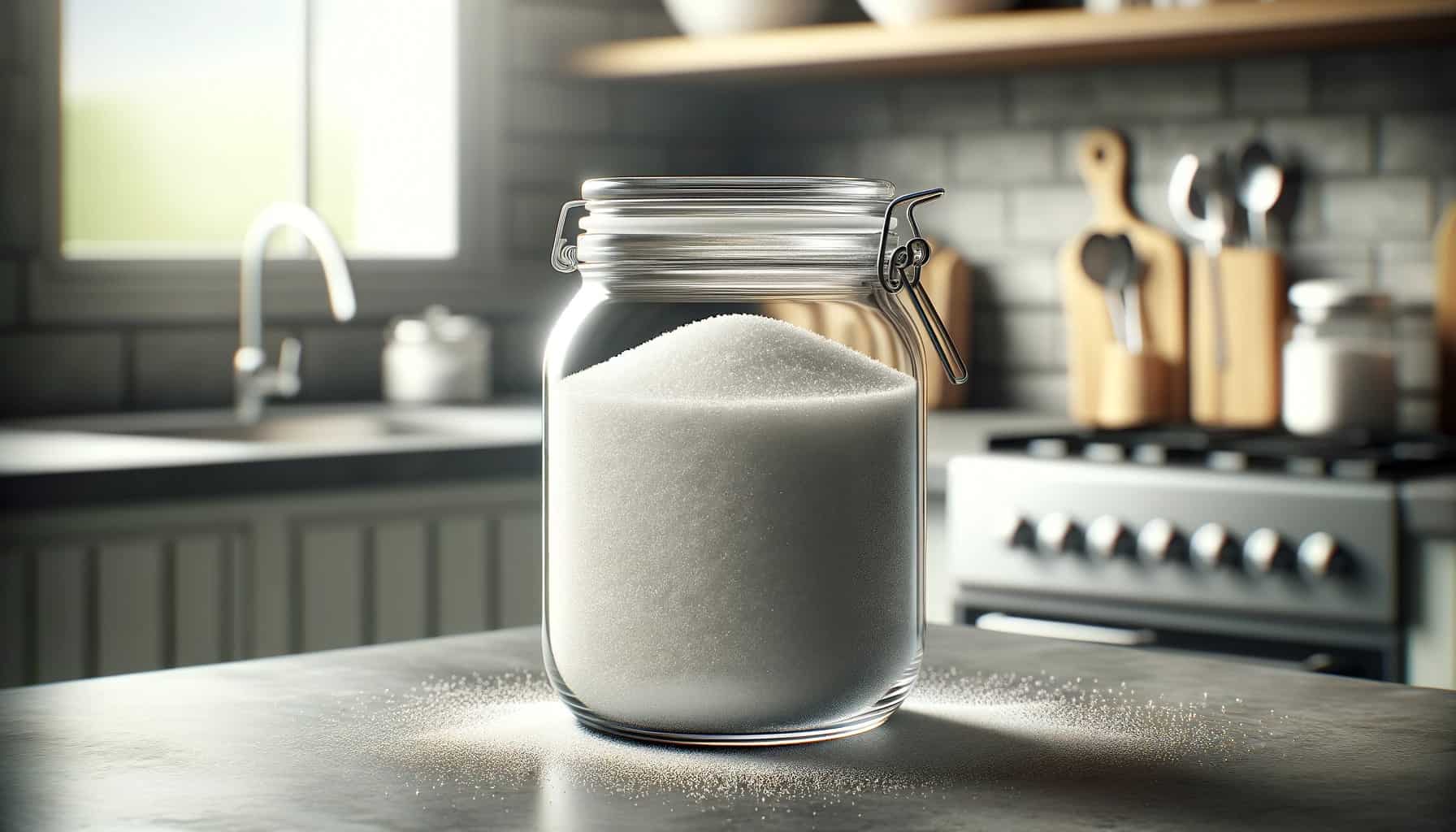
13. Hard Grains: Including buckwheat, millet, and durum wheat, these grains can last years and provide essential nutrients like fiber and protein.

14. Dried Potatoes: Long shelf life when stored properly; these are a convenient and versatile carbohydrate source, applicable in various dishes.
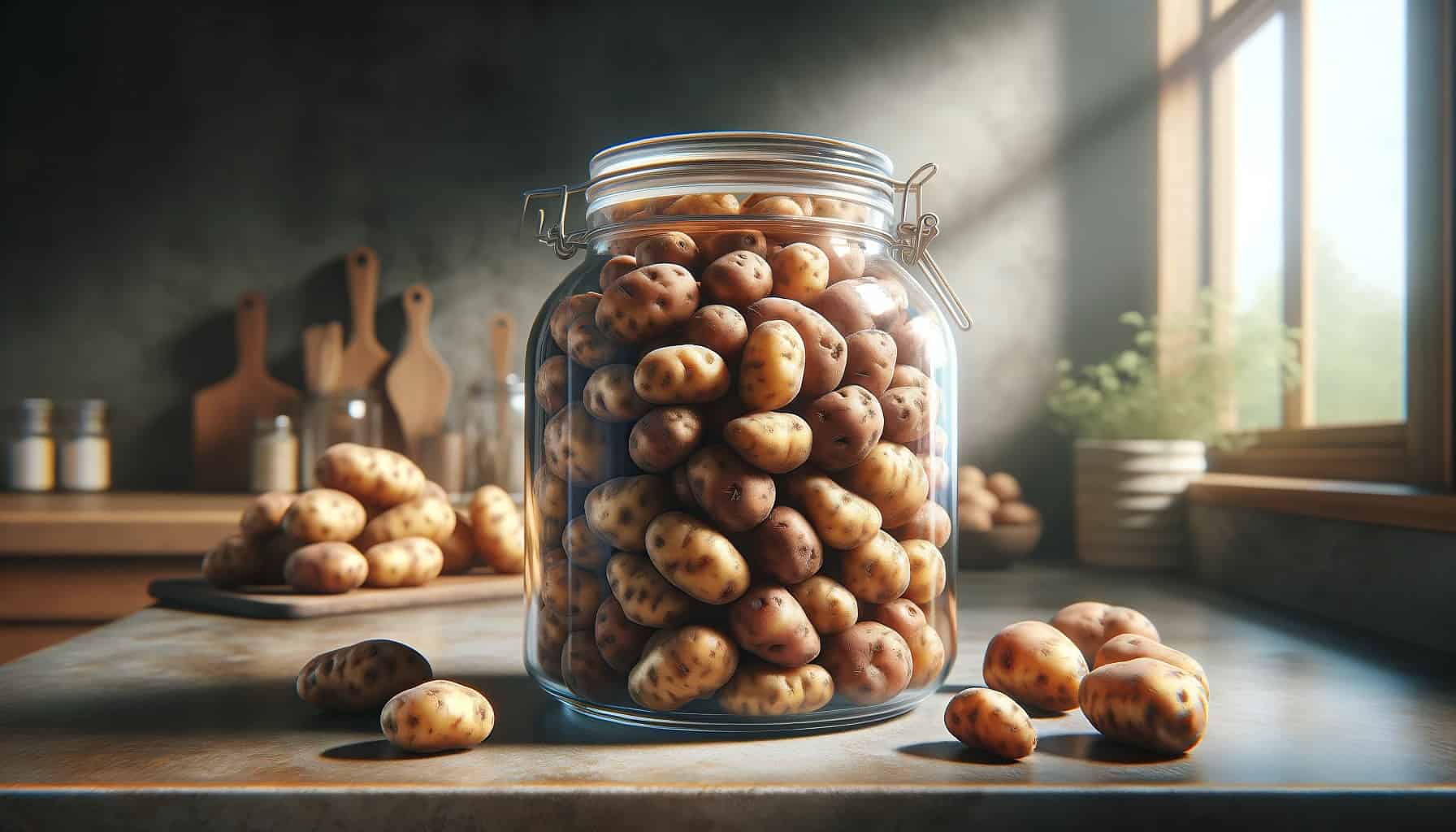
15. Instant Coffee, Tea, and Cocoa: These can last for years, providing comfort and convenience. They require minimal preparation and can be enjoyed hot or cold.
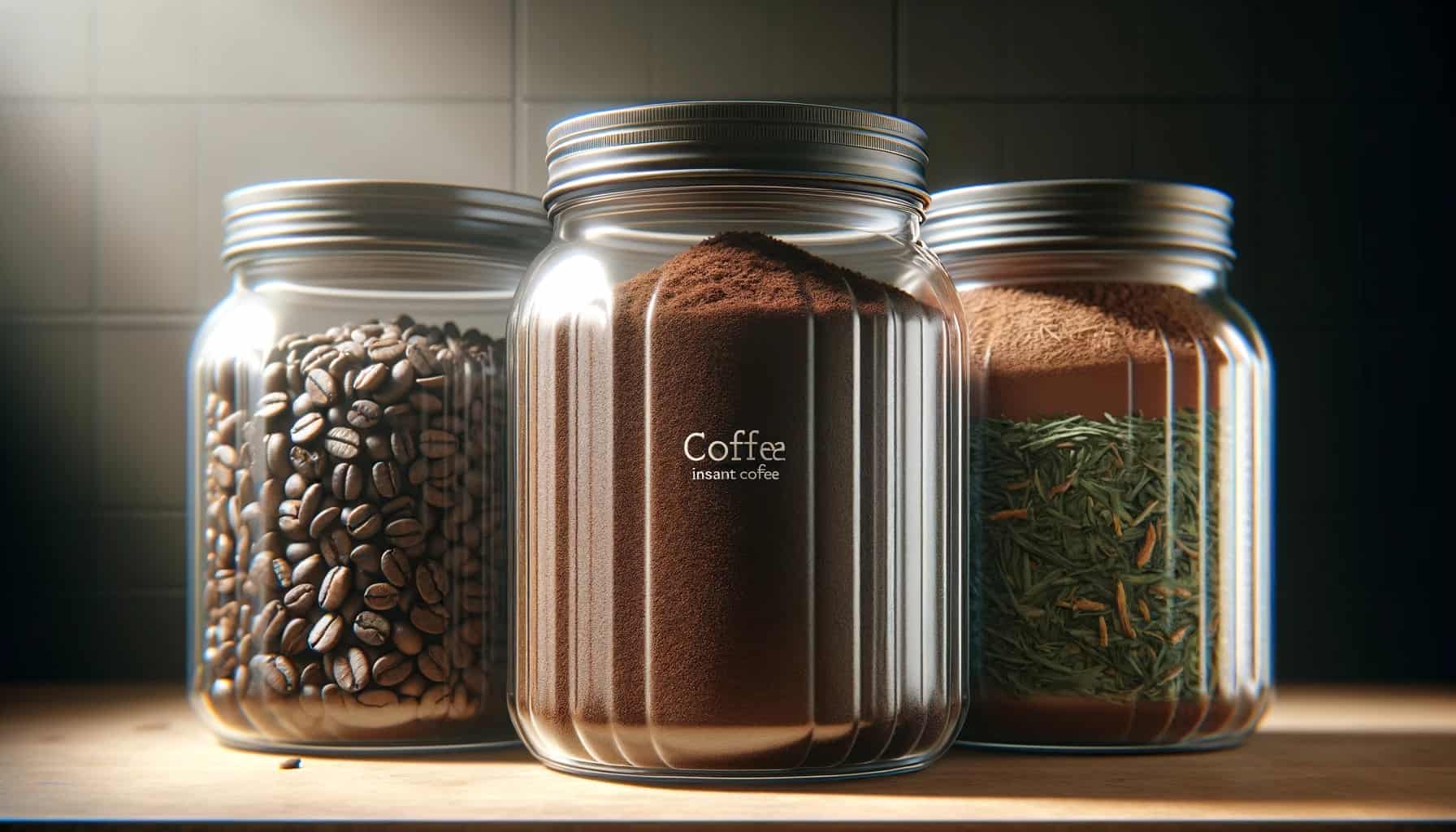
16. Canned Fruits and Vegetables retain most nutrients and can last for years. They provide a convenient way to include fruits and vegetables in your diet.

17. Nuts and Seeds: A great source of healthy fats, protein, and fiber. When stored in a cool, dry place, they can last several months to a year.

18. Beef Jerky and Dried Meats: High protein and perfect for on-the-go snacking. These dried meats have a long shelf life and require no refrigeration.

19. Canned or Jarred Sauces: Such tomato sauce can last for years. They are convenient for quick meals and add flavor to various dishes.
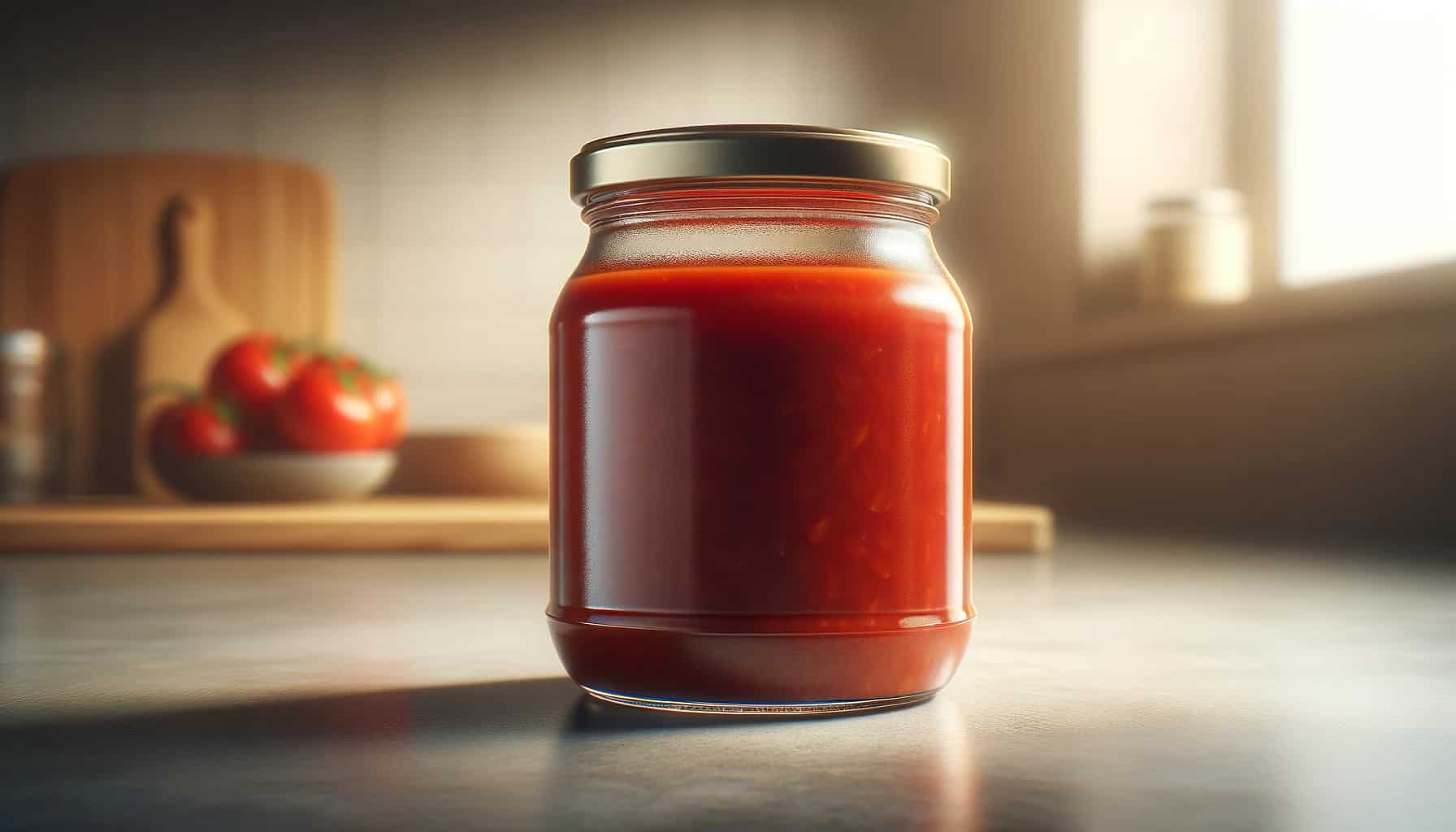
20. Hard Cheeses Encased in Wax Can last significantly longer than their usual expiration date. It is ideal for adding flavor to meals without needing refrigeration.
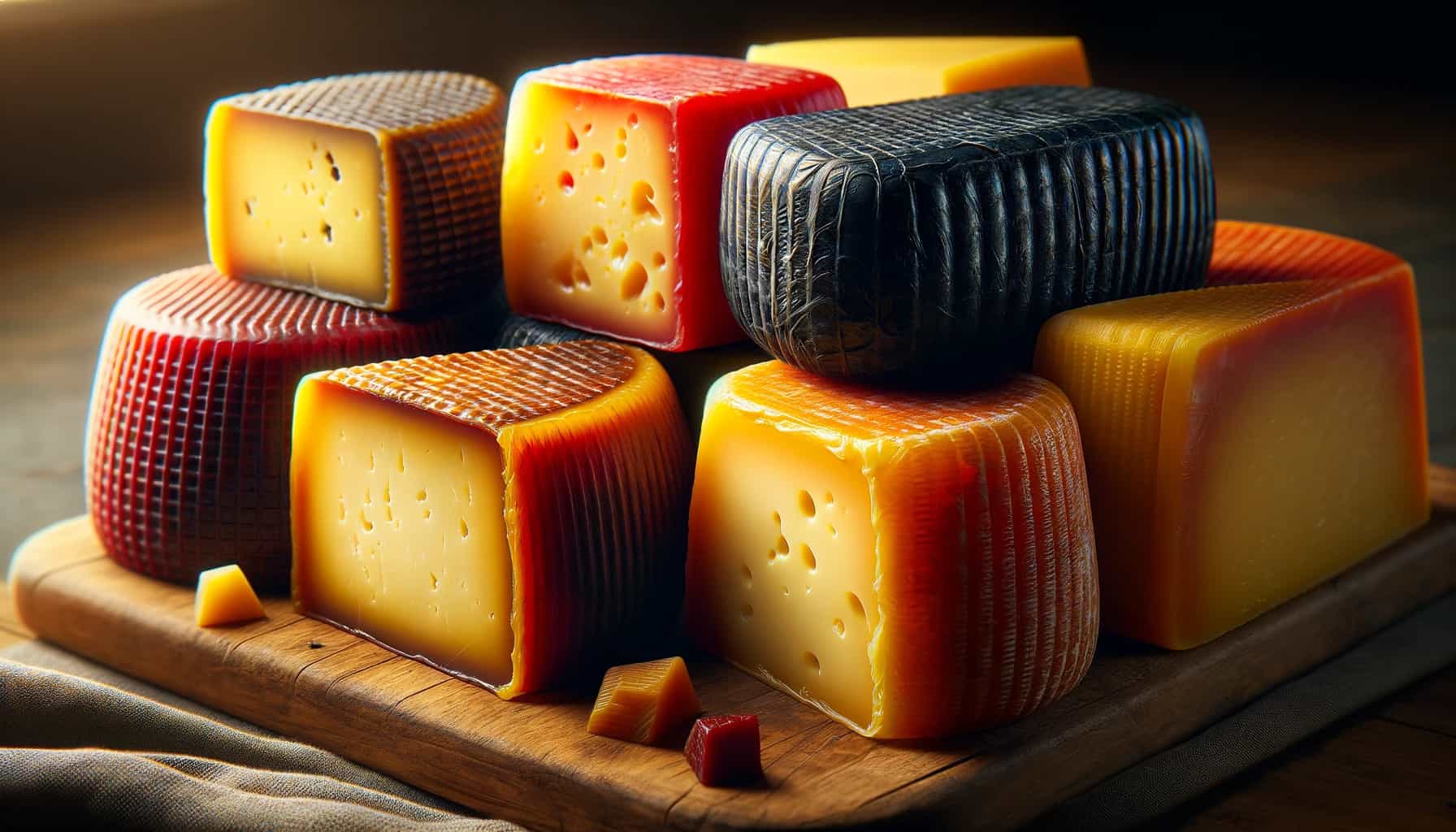
21. Coconut Oil: Preferred for its longer shelf life than other oils. It’s versatile for cooking and has health benefits like improving cholesterol levels.

22. Baking Soda and Powder: Essential for baking, these ingredients have an indefinite shelf life and are crucial for many recipes.
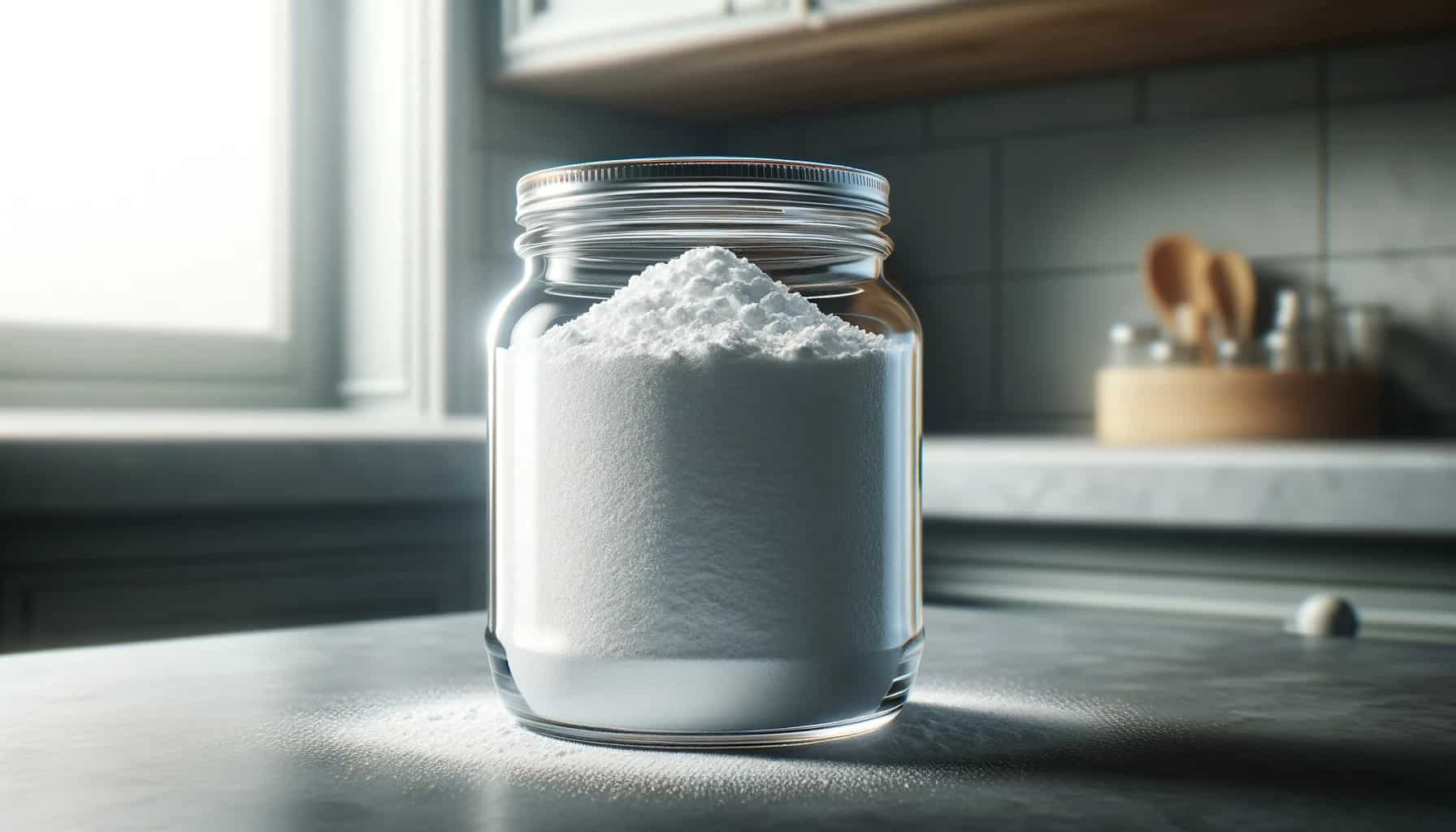
23. Vinegar: Useful for cooking and preserving foods, vinegar lasts indefinitely. It’s also beneficial for its antimicrobial properties.

24. Bouillon cubes: Convenient for flavoring dishes and have a long shelf life. They’re compact and easy to store, making them ideal for soups and broths.

25. Spices and Dried Herbs: Enhance the flavor of stored foods and can last for years. They’re essential for adding variety and taste to your cooking.

Importance of Having a Well-Stocked Long-Term Food Pantry
Having a well-stocked long-term food pantry is crucial for several reasons. It is essential to use foods that are within their expiration date. Firstly, emergency food storage ensures access to essential nutrition during long-term periods without the ability to go grocery shopping.
It is necessary to have a comprehensive long-term food storage list that includes a variety of foods. Whether due to a natural disaster or any other emergency, having an ample supply of long-term foods can provide peace of mind and help you stay self-sufficient.
Using and rotating your food supply is essential to ensure nothing goes past its expiration date. Knowing you have a reliable long-term food source when needed can alleviate stress and anxiety during challenging times. It’s essential to remember the expiration date and use them accordingly.
Estimate Your Needs Ahead of Time: Planning Your Supply
Before stocking your emergency pantry with long-term foods, estimate your needs and use the correct expiration date. Consider factors such as family size, dietary restrictions, the potential duration of an emergency, and the long-term use of foods beyond their expiration date.
By calculating the quantity and variety of long-term foods required for your household’s needs, you can ensure enough supplies to sustain everyone until then. It is advisable to create a thorough list of emergency food storage that considers estimated calorie intake and nutritional needs for long-term use.
Include foods that meet the specific needs of your family members.
First In, First Out: Managing Your Food Supply
Proper management of your long-term food supply is essential for maintaining freshness and preventing waste in your emergency pantry. Use the foods before their expiration date. Implementing a rotation system for emergency food storage is critical – make sure older foods are used before newer ones to ensure long-term preservation.
This practice of emergency food storage ensures that long-term foods do not go past their expiration date unused. Regularly check and consume emergency food storage items before they expire to prevent waste.
This practice ensures you make the most efficient use of your long-term food supply.
Organizing your pantry will also contribute significantly to effectively managing your long-term food supply. It is essential to use and rotate foods based on their expiration date. Organize and date stored foods for easy identification and access. To save time during a long-term emergency, use the date on food items to prioritize consumption before expiration.
Following these tips, you can ensure you use the best foods for long-term storage in your emergency pantry to be well-prepared in an emergency or disaster situation. Check the expiration date of your foods to ensure their freshness and quality.
Top Emergency Foods to Stockpile Just in Case
Grains for Long-Term Storage
Grains are a crucial component. Opt for longer shelf-life foods like rice, wheat berries, and oats. These foods, such as grains, can be helpful for long-term use in emergencies, providing essential carbohydrates and nutrients.
To ensure the longevity of foods, it is vital to properly package them in airtight containers or Mylar bags with oxygen absorbers. This will help extend their freshness and prevent spoilage—store grains in cool, dark areas to keep them fresh and protect them from moisture and pests.
Canned Meats and Fish for Emergency Food Supply
In emergencies, having reliable protein sources is essential, including having access to nutritious foods. Canned meats like tuna, chicken, or beef are excellent options for long-lasting foods. They have longer shelf lives compared to fresh meat.
These canned meats are essential foods that provide necessary sustenance and can be easily incorporated into various meals. Consider including fish food options such as salmon or sardines packed in oil as they offer additional nutrients like omega fatty acids.
However, when selecting canned meats/fish, it’s essential to evaluate the sodium content of these foods due to potential health concerns.
Canned Vegetables and Beans for Long-Term Storage
Don’t forget about canned vegetables and beans. These foods are essential for a balanced and nutritious diet during times of crisis. Canned vegetables like corn, green beans, and peas are convenient and provide a reliable source of vitamins and minerals during emergencies.
These foods are essential for emergency preparedness. These foods can be consumed independently or used as ingredients in different dishes. Including a variety of canned beans such as black beans, kidney beans, and chickpeas is also crucial for your stockpile.
These legumes offer protein and fiber essential for maintaining energy levels during challenging times.
When stocking up on canned goods, it’s advisable to check labels for low-sodium options or rinse the contents before consumption to reduce sodium intake if necessary. This can help mitigate any potential health risks associated with high sodium levels. Remember, maintaining a balanced diet in an emergency is crucial for overall well-being.
The Ultimate Long-Term Food Storage List: Tips and Ideas
Dried Fruits and Nuts as Emergency Foods
Dried fruits and nuts are a wise choice. Not only do they have a longer shelf life compared to fresh fruits, but they also provide essential nutrients. Consider stocking up on dried fruits like raisins, apricots, or cranberries, which can be enjoyed as snacks or added to recipes.
Incorporating nuts such as almonds, walnuts, or peanuts into your emergency food supply will provide healthy fats and protein.
Proper storage conditions are crucial to ensure the quality and longevity of dried fruits and nuts. Store them in airtight containers or vacuum-sealed bags to protect them from moisture and pests. Please keep them in a cool, dry place, away from direct sunlight.
Following these guidelines allows you to enjoy the nutritional benefits of dried fruits and nuts for an extended period.
Bulk Staples for Long-Term Storage
Another essential aspect of long-term food storage is having an ample supply of bulk staples. These versatile ingredients serve as the foundation for many recipes during emergencies.
When stored properly, stock up on pantry staples such as flour, sugar, salt, and spices with a long shelf life.
Consider diversifying your bulk staples by including alternative grains like quinoa or bulgur wheat in your storage list. These grains offer nutritional value while adding variety to your meals during prolonged emergencies.
To maintain the freshness of your bulk staples over time, store them in containers with tight seals that protect against moisture and pests. Properly sealed containers will help prevent spoilage due to exposure to air and humidity.
Non-fat Dry Milk/Dairy Products as Emergency Food
In times of crisis when fresh dairy products are not readily available, non-fat dry milk powder can be an excellent substitute. It is rich in calcium and vitamin D and has a longer shelf life than liquid milk.
In addition to non-fat dry milk, explore other dairy products with extended shelf lives, such as powdered cheese or butter substitutes. These items can be used in various recipes and provide a taste of familiarity during challenging times.
When reconstituting dry milk, follow the instructions on the packaging carefully. Mixing the powder with water ensures you achieve the desired consistency and flavor.
Including dried fruits, nuts, bulk staples, and non-fat dry milk in your long-term food storage list prepares you for emergencies. Remember to rotate your supplies regularly to maintain freshness and quality.
With a well-stocked pantry of these essential items, you can have peace of mind knowing you are ready to face any unexpected situation.
Tips for Maintaining Your Long-Term Food Storage
Labeling and Organizing Your Stored Food
Creating a labeling system is crucial for efficiently managing your long-term food storage. By clearly labeling containers, you can quickly identify the contents of stored food items, including exempt contents, expiration dates, and rotation orders.
This helps you track what needs to be consumed first and ensures that nothing goes to waste.
Maintaining an inventory list is another essential step in organizing long-term food storage. By keeping track of quantities and monitoring expiration dates, you can ensure timely replenishment of crucial supplies. This way, you won’t run out of necessary items during an emergency.
To further streamline your food storage process, consider establishing designated areas within your pantry for different categories of stored foods. This makes it easier to locate specific items when needed and helps maintain overall organization.
Supplementing Bulk Staples with Other Foods
While bulk staples like rice, beans, and grains are excellent choices for long-term food storage due to their extended shelf life at room temperature, it’s beneficial to supplement them with other options.
Including dehydrated meals or freeze-dried foods in your stockpile is a wise choice. These foods require minimal preparation during emergencies since they only need water to rehydrate. They provide variety in taste and texture while ensuring nutritional balance.
Ready-to-eat canned soups or stews are also convenient options to supplement bulk staples. They offer quick and easy meal solutions without extensive cooking or preparation. Open the can, heat it if desired, and enjoy a warm meal during challenging times.
In addition to traditional food items, consider incorporating energy bars or meal replacement shakes into your emergency food supply. These portable options are perfect for situations where cooking facilities are unavailable or time is limited. They provide a quick source of nutrition on the go.
Tips for Effective Emergency Food Storage
Proper storage conditions play a vital role in maintaining the quality and longevity of your emergency food supply. Keeping your stored food in a cool, dry place away from direct sunlight is essential. Exposure to heat and moisture can accelerate spoilage and reduce shelf life.
Regularly inspecting and rotating your stored items is crucial for freshness. Check expiration dates periodically and consume or replace any expired products promptly. By practicing a “first in, first out” approach, you ensure that older items are used before newer ones.
While focusing on food storage, don’t forget about water. Storing an adequate water supply alongside your food is essential for hydration during emergencies. Aim for at least one gallon of water per person daily, accounting for drinking and sanitation needs.
By following these tips, you can maintain a well-organized long-term food storage system that provides nourishment during emergencies. Remember to periodically review and update your inventory list to ensure you have enough supplies to sustain yourself and your loved ones when needed.
Conclusion
In conclusion, building an emergency pantry with long-term food storage is crucial in preparing for unforeseen circumstances. By stocking up on essential items and following proper storage techniques, individuals can ensure their families can access nutritious food during emergencies.
The articles provided valuable insights into what an emergency pantry should look like, the top foods to stockpile, and tips for maintaining long-term food storage.
To further enhance your emergency preparedness, consider creating a detailed inventory of your pantry items and regularly rotating your supplies to maintain freshness. Staying informed about expiration dates and adequately disposing of expired items is essential.
Remember, emergencies can happen anytime, so be proactive in building and keeping your emergency pantry.
By taking these steps and implementing the knowledge gained from this article, you can be better prepared to face unexpected situations confidently. Start building your emergency pantry today and ensure the well-being of your loved ones in times of crisis.
FAQs – Best Foods for Long Term Storage
What is the best way to store food for long-term use?
👉 The best way to store food for long-term use involves keeping it in airtight containers and a cool, dark place. This method helps maintain the food’s nutritional value and freshness over long periods.
What are some great options for long-lasting food?
👉 Dry pasta, brown sugar, maple syrup, freeze-dried meats, and fruits are great options. These items have a long shelf life and are versatile as ingredients in various recipes.
How much food should I store for long-term storage?
👉 The amount of food to store depends on your household’s needs and available storage space. Keep enough to last through extended power outages or supply chain disruptions, but be mindful not to hoard excessively.
What are some shelf-stable foods ideal for long-term storage?
👉 Shelf-stable foods for long-term storage include dry pasta, canned vegetables, freeze-dried meat, dark chocolate, and vegetable oil. These items remain safe and consumable over long periods.
How can I ensure my long-term food storage items have the most extended shelf life?
👉 Store foods in sealed containers in a cool, dark place. Regularly check expiration dates and rotate your stock, using older items first.
What are the main ingredients to focus on for long-term food storage?
👉 Focus on versatile and nutrient-rich main ingredients like whole grains, dry beans, freeze-dried fruits and meats, and powdered milk. These items can be used in various recipes and provide essential nutrition.
What is the first thing I should consider when starting my long-term food storage?
👉 The first thing to consider is your dietary needs and preferences. Then, assess your available storage space and start with basics like grains, proteins, and essential cooking ingredients.
What are some easy ways to build a long-term food supply?
👉 An easy way to start is by gradually adding extra items to your regular grocery store trips, focusing on non-perishables like canned goods, dry pasta, and rice. Also, consider investing in freeze-dried foods and dehydrated items.
What should I do to maintain my long-term food storage?
👉 Maintain your storage by keeping it in a cool, dry place, regularly checking for any signs of spoilage, and rotating your stock. Also, keep track of expiration dates and replenish items as needed.
Are there any specific foods to avoid for long-term storage?
👉 Generally, avoid perishable items like fresh fruits and vegetables, fresh milk, and meat unless they are correctly freeze-dried or canned. Foods with high moisture content or those requiring refrigeration are not suitable for long-term storage.

Born and raised in a family of foodies, Georgia’s passion for cuisine was nurtured from a young age as she learned the intricacies of flavor and texture from her grandmother’s kitchen. As an adult, this early fascination blossomed into a full-fledged love affair with the culinary world.







